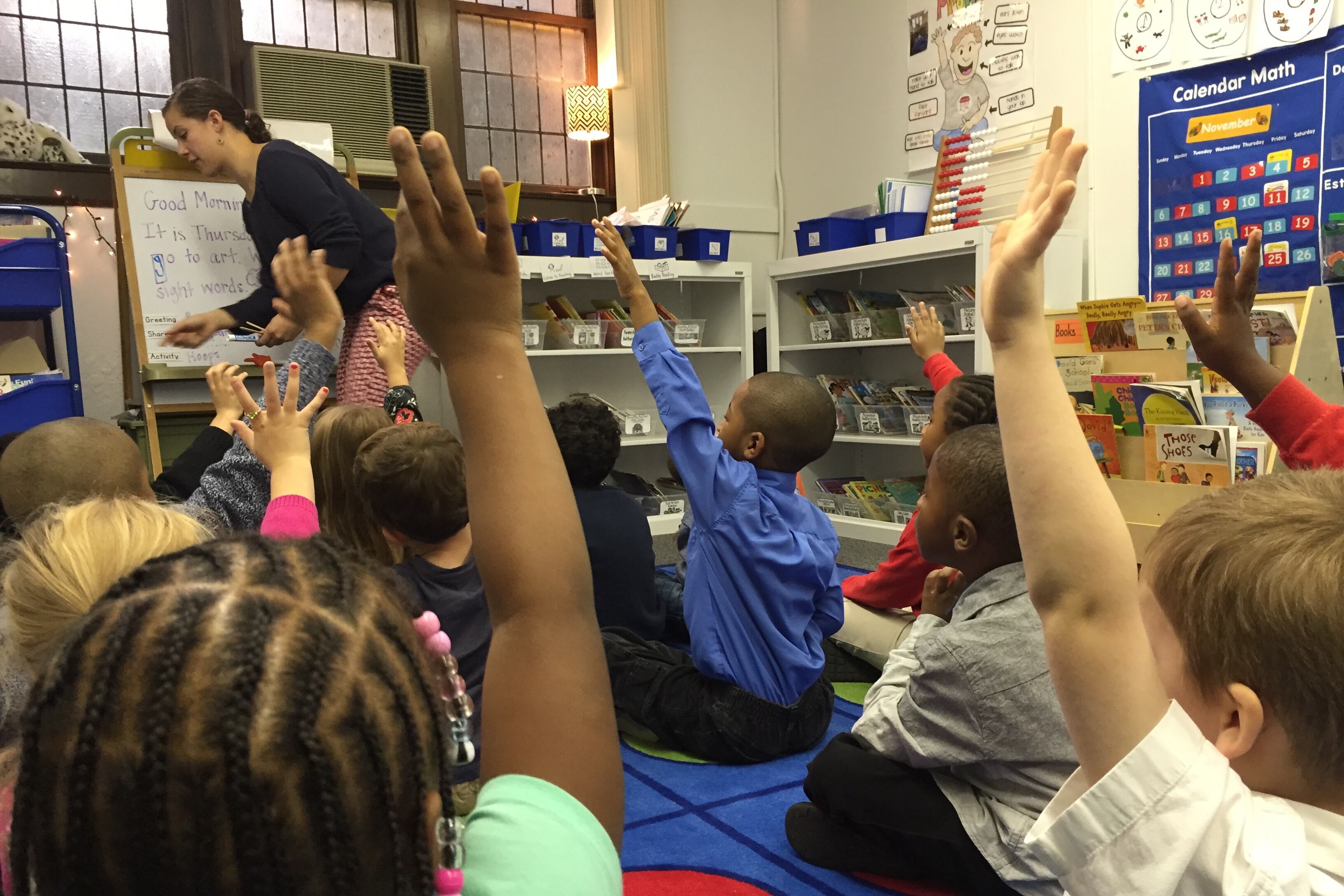As states decide whether to follow controversial federal guidance that would send additional pandemic-related support to private schools, one advocacy group says the new recommendation could cost city public schools millions of dollars.
The Education Law Center, which is funded in part by national and state teachers unions, says the federal guidance would “significantly diminish the resources available to public school districts” to strengthen remote learning, and is asking the state to reject the guidance, David Sciarra, the center’s executive director, wrote Tuesday in a letter to Gov. Andrew Cuomo.
Just over $1 billion in federal pandemic relief is set aside for schools in New York state — including $717 million for New York City schools, with some portion going toward services for private school students, such as tutoring and after-school programming. If the state follows Education Secretary Betsy DeVos’s guidance on how districts should direct money to support private schools, New York City’s public schools could lose an estimated $38 million, according to the Education Law Center, which used state data to calculate the amount.
At issue are federal CARES Act dollars, which are supposed to help schools deal with costs linked to the pandemic, such as buying laptops for students so they can learn from home. Federal officials decided on how much money each district would get largely based on the Title I formula, which sends extra dollars to districts with many low-income students.
With businesses closed, New York State expected a massive revenue shortfall when it developed its budget in March. Instead of using the federal dollars to bolster state money for school districts, Cuomo and lawmakers cut state dollars in a way that effectively canceled out CARES Act funds. That approach left the biggest financial burden on school districts with high-shares of low-income students.
In normal times, school districts use Title I funds to support services for low-income private school students. On April 30, DeVos issued guidance that said private schools should receive CARES Act services based on the school’s total enrollment, not just based on the number of low-income students it serves. That means that private schools, many of which are also suffering financially, would receive a larger than anticipated share of the federal relief dollars because they generally enroll a smaller share of low-income students, compared to public schools.
The U.S. Department of Education has defended its guidance, saying that it follows the law’s intent of helping both public and private schools. The Education Law Center disagrees, as do many other public school advocates. The center points out that the CARES Act calls for funding to be distributed “in the same manner” as Title I dollars.
“The Secretary seeks to accomplish her objective by instructing public schools to not only set aside funds for low income private school students, but also students in every income bracket, including the most wealthy,” Sciarra wrote. “By allowing even the wealthiest students in the most expensive private schools to receive services paid for with CARES Act funds, New York would divert millions that could be used by [school districts] to meet the critical needs of low income students.”
Private schools have to opt in to receive such services and it’s not clear how many, or which ones, will do so.
New York officials have not yet said whether they’ll follow DeVos’s guidance. Freeman Klopott, a spokesperson for the governor, said the state education department will decide how districts should allocate CARES Act dollars. The state education department, however, is still finalizing the application that districts must fill out to receive their portion of the federal relief money, a spokesperson said Tuesday. Information about how districts should account for private schools will be released when the application is complete, the spokesperson said, though it’s not known when that will be.
Some states have already made decisions. Kentucky and Tennessee, for example, will follow the federal guidance, while Indiana has told districts to ignore it and prioritize funding for schools serving a large number of students from low-income families.
The New York City education department did not respond for comment, though spokesperson Katie O’Hanlon recently told Chalkbeat that the department had “initial concerns about its impact given an already difficult financial landscape.”
A recent analysis found that private school enrollment is much higher in the wealthiest parts of the city.
New York City private schools would receive an estimated $88 million in CARES Act relief if the district distributed resources based on the number of low-income students, the Education Law Center projects. That would rise to $126 million if the state decides to adopt DeVos’s guidance, according to the center.
That estimated loss to city schools is relatively tiny — the education department’s current budget is $34 billion — but it would come as the city is already clamoring for more dollars amid a budget crisis where the state has effectively nullified the federal aid. The mayor has proposed nearly $830 million in cuts for schools through next fiscal year as city officials work to finalize a new budget, and cuts from the state are expected this month if more federal dollars don’t come through. New York City schools Chancellor Richard Carranza has said the department is “at the bone” and can’t find additional savings, though some have been pushing the department to slash pricey contracts and central office employee salaries.
Sciarra, of the Education Law Center, believes districts could individually decide whether to follow DeVos’s guidance, but his organization prefers states make the final call.
“We would rather [that] than have districts deal with this on their own because it might be difficult for districts to decide individually not to follow guidance by the U.S. Secretary of Education,” Sciarra said in an interview. “They may be worried about that — they may feel they don’t have the authority to do that.”





